
10 Best Data Science Frameworks in 2025
Jan 18, 2025 4 Min Read 5597 Views
(Last Updated)
Does data scientists fascinate you? If yes, you must definitely know about data science frameworks. These frameworks are used by data scientists to ease their work pressure by using them in projects. Data science has become an integral part of many industries, driving innovation and providing valuable insights. As the field continues to evolve, data scientists rely on various frameworks and tools to organize, analyze, and interpret data efficiently.
There are tons of frameworks for Data Science, and each has its benefits and drawbacks, so it’s important to choose the right one for your needs. We get you the most anticipated Python framework list and features in this article. In this comprehensive guide, we will explore the top 10 data science frameworks that are expected to dominate the industry in 2025.
Table of contents
- What are Data Science Frameworks?
- 10 Best Data Science Frameworks in 2025
- TensorFlow: Powering Machine Learning at Scale
- Scikit-learn: The Swiss Army Knife of Machine Learning
- Keras: Simplifying Deep Learning
- Pandas: Unleashing the Power of Data Manipulation
- Spark MLib: Scaling Machine Learning with Apache Spark
- PyTorch: Flexibility and Dynamic Computation
- Matplotlib: Visualizing Data with Ease
- Numpy: Powering Scientific Computing
- Seaborn: Creating Stunning Statistical Visualizations
- Theano: Efficient Computation and Deep Learning
- Conclusion
- FAQs on Data Science Frameworks
- Q1. Is data science still in demand in 2025?
- Q2. How to make money while learning data science in 2025?
- Q3. What is the salary of data scientist in India in 2025?
- Q4. What are the Data Science tools for beginners?
What are Data Science Frameworks?
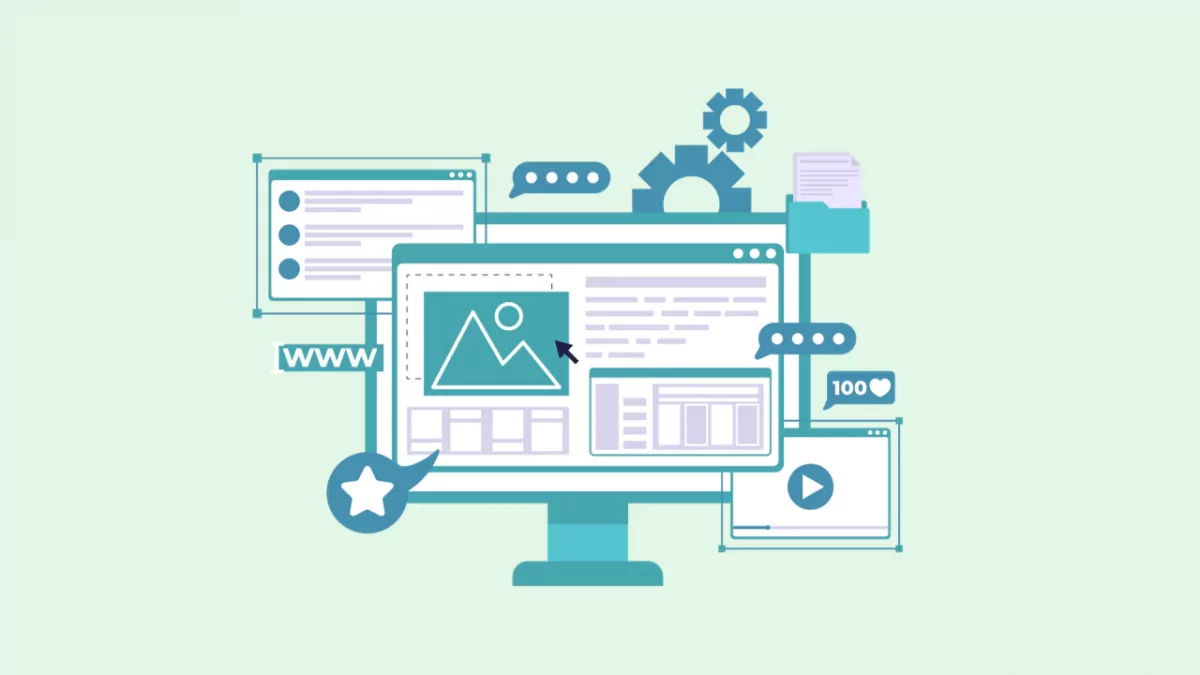
A data science framework is a collection of libraries that provides data mining functionality, i.e., methods for exploring the data, cleaning it up, and transforming it into some more useful format that can be used for data processing or machine learning tasks.
How To Become A Data Scientist In 3 Months?
10 Best Data Science Frameworks in 2025
Let’s read about the top 10 data science frameworks used in 2025. These frameworks are very high-demanding and used by data scientists in projects/real-world cases:
1. TensorFlow: Powering Machine Learning at Scale
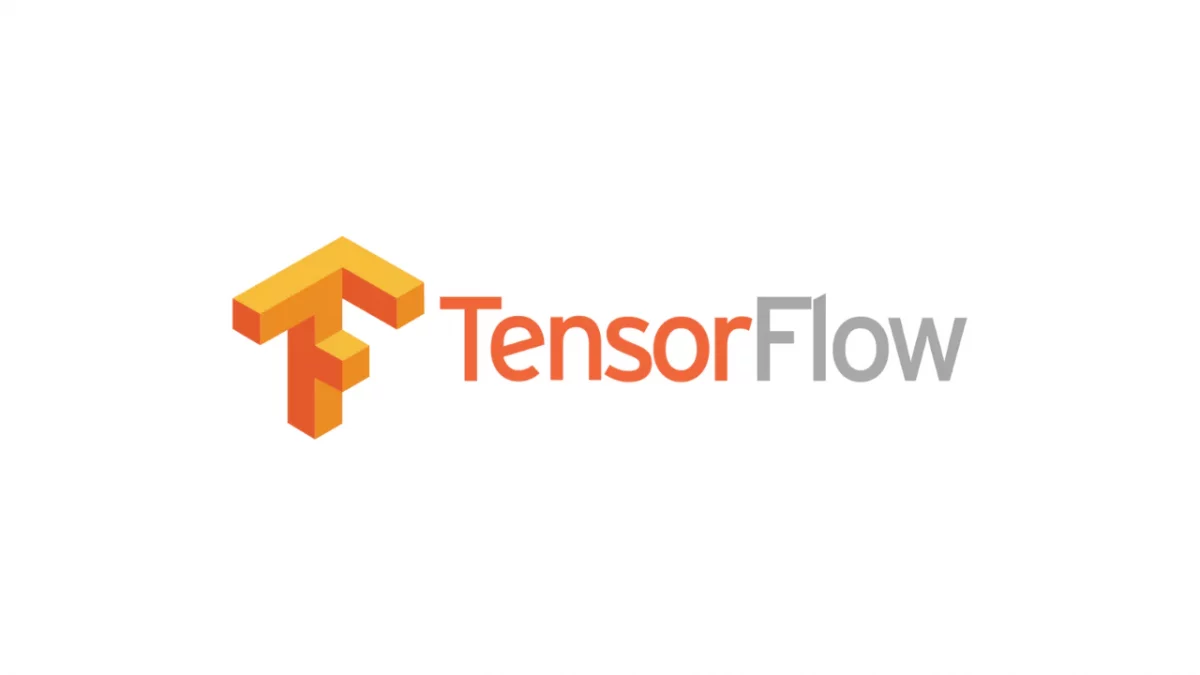
TensorFlow has established itself as one of the leading frameworks for machine learning and deep learning applications. With its ability to handle large-scale computations and its extensive support from prominent brands like Gmail, Uber, and Airbnb, TensorFlow remains a top choice for data scientists in 2025.
Key Features of TensorFlow:
- Open-source machine learning library developed by Google
- Widely used for numerical computation and data flow graphs
- Known for its flexibility and scalability in building deep learning models
- Integration with various data sources, including graphs, SQL tables, and images
Official Link: TensorFlow
2. Scikit-learn: The Swiss Army Knife of Machine Learning
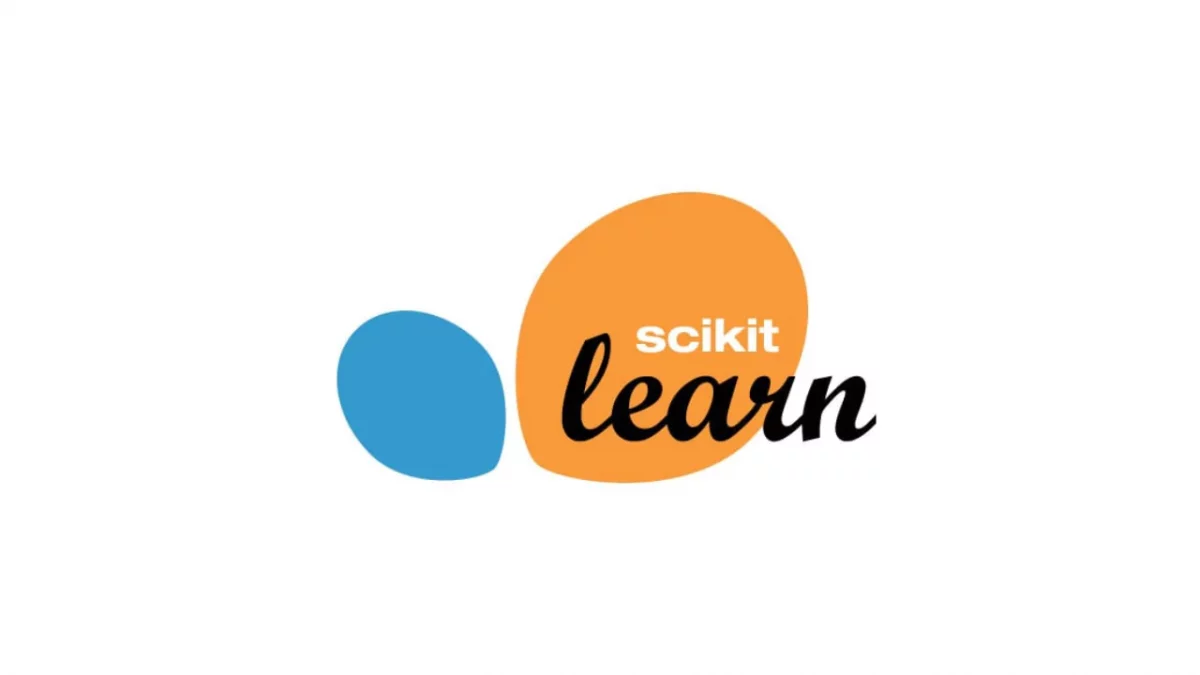
Scikit-learn is a popular choice among data scientists due to its simplicity, versatility, and extensive documentation. With its wide range of machine learning algorithms and easy-to-use interface, Scikit-learn enables data scientists to analyze data, build models, and make predictions with ease.
Key Features of Scikit-learn:
- Open-source machine learning library for Python
- Comprehensive collection of algorithms and tools for data analysis
- Easy integration with other Python libraries like NumPy and Pandas
- Suitable for both beginners and experienced data scientists
Official Link: Scikit-learn
3. Keras: Simplifying Deep Learning
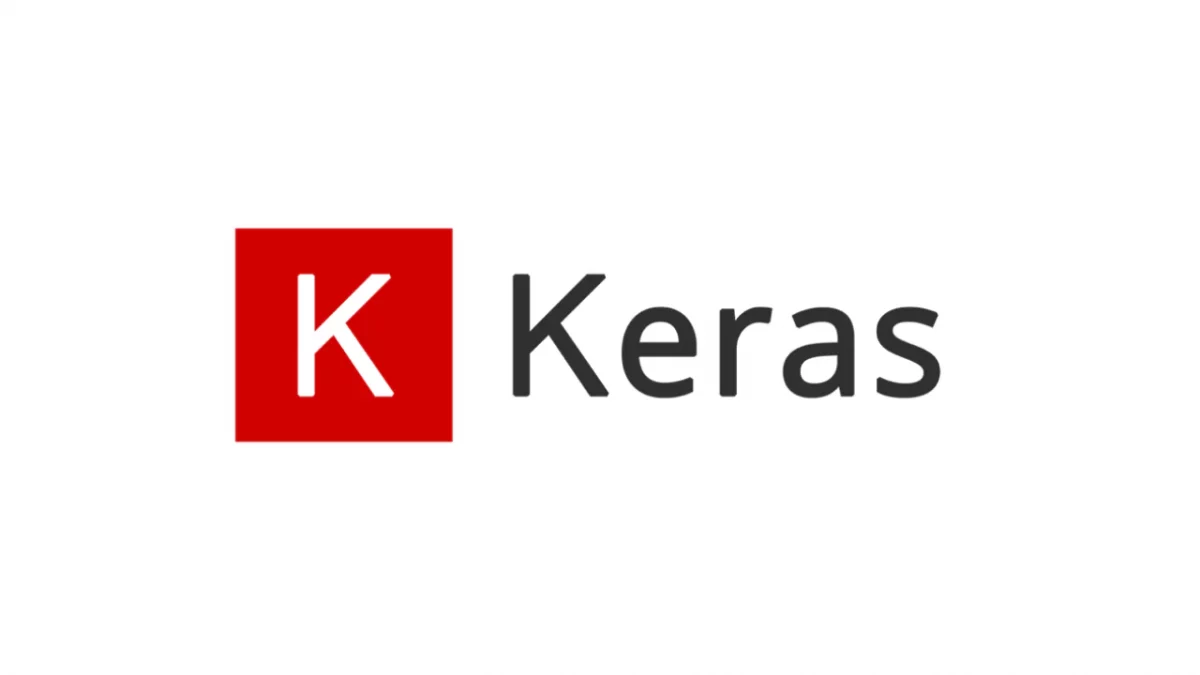
Keras is widely recognized for its simplicity and user-friendly interface, making it an ideal choice for beginners in deep learning. With its integration with popular deep learning frameworks like TensorFlow, Keras provides a high-level API that simplifies the process of building and training neural networks.
Key Features of Keras:
- Open-source neural network library written in Python
- Can run on top of TensorFlow, Theano, and CNTK
- Focuses on user-friendliness and ease of implementation
- Suitable for building complex deep learning architectures
Official Link: Keras
4. Pandas: Unleashing the Power of Data Manipulation
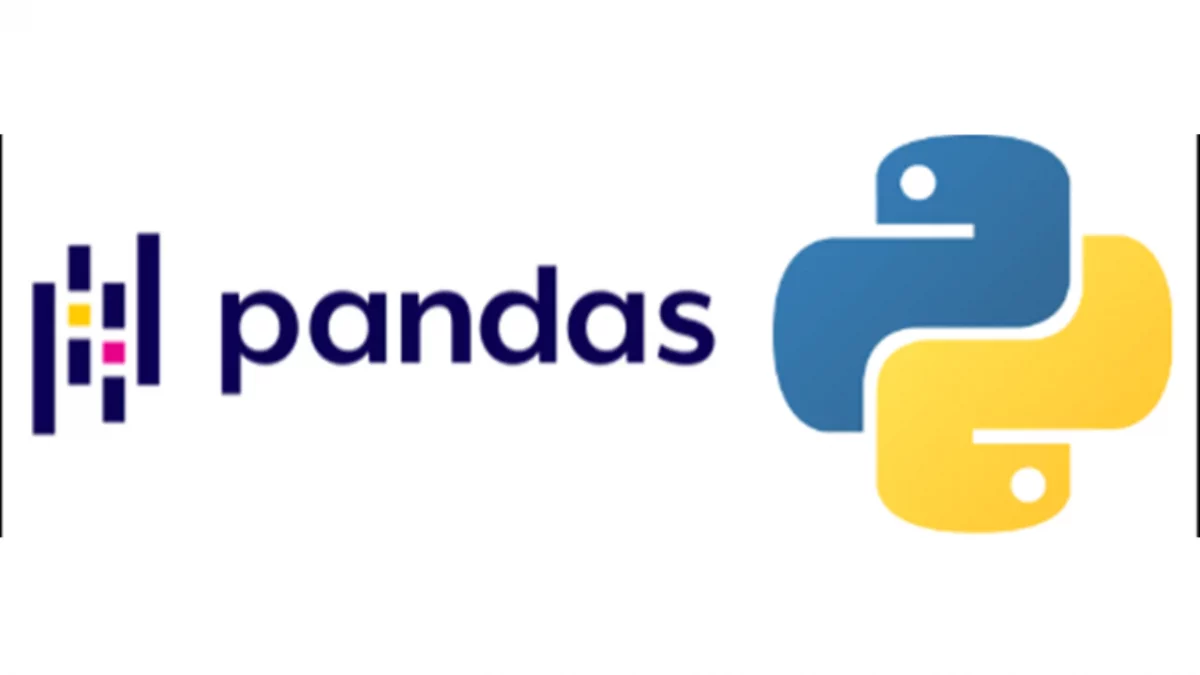
Pandas is a versatile data manipulation library that empowers data scientists to efficiently clean, transform, and analyze data. With its intuitive interface and powerful functionalities, Pandas enables data scientists to handle complex data operations and perform in-depth data analysis.
Key Features of Pandas:
- Open-source library for data manipulation and analysis in Python
- Offers data structures and operations for working with structured data
- Provides tools for data cleaning, reshaping, merging, and slicing
- Well-suited for handling both small and large datasets
Official Link: Pandas
5. Spark MLib: Scaling Machine Learning with Apache Spark
Spark MLib is a powerful framework for machine learning that leverages the distributed computing capabilities of Apache Spark. With its ability to handle large-scale datasets and perform real-time analysis, Spark MLib is a valuable tool for data scientists working with big data and complex machine learning problems.
Key Features of Spark MLib:
- Machine learning library built on top of Apache Spark
- Supports Java, Scala, Python, and R programming languages
- Enables distributed data processing and parallel computation
- Ideal for handling big data and complex machine learning tasks
Official Link: Spark MLib
6. PyTorch: Flexibility and Dynamic Computation
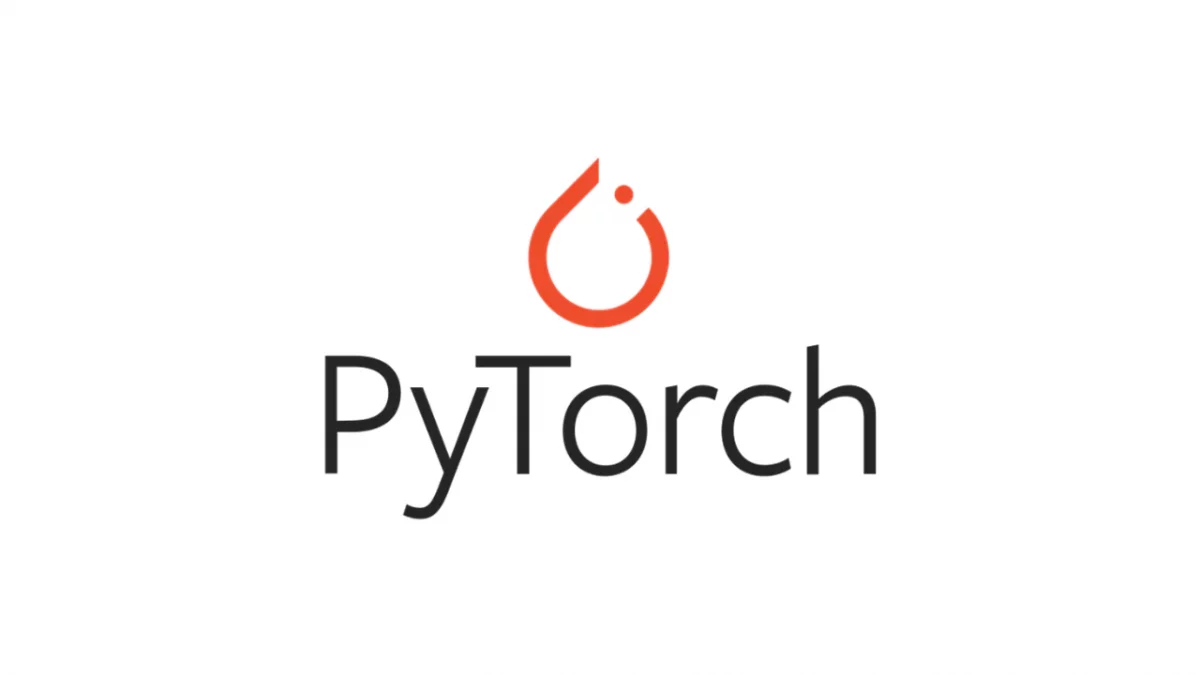
PyTorch offers a dynamic and flexible approach to deep learning, allowing data scientists to make real-time changes to their neural network architectures. With its seamless integration with Python and extensive community support, PyTorch has gained popularity among data scientists seeking flexibility and ease of use.
Key Features of PyTorch:
- Open-source machine learning library developed by Facebook’s AI research group
- Emphasizes flexibility and dynamic computation
- Widely used for deep learning applications
- Supports dynamic neural networks and allows on-the-fly changes to the architecture
Official Link: PyTorch
7. Matplotlib: Visualizing Data with Ease
Matplotlib is a versatile data visualization library that enables data scientists to create informative and visually appealing plots. With its extensive range of visualization options and seamless integration with other data science libraries, Matplotlib is a go-to tool for data scientists looking to communicate their findings effectively.
Key Features of Matplotlib:
- Popular plotting library for Python
- Provides a wide range of visualization options for data exploration
- Supports various types of plots, including histograms, scatterplots, and 3D plots
- Integrates well with other Python libraries like NumPy and Pandas
Official Link: Matplotlib
8. Numpy: Powering Scientific Computing
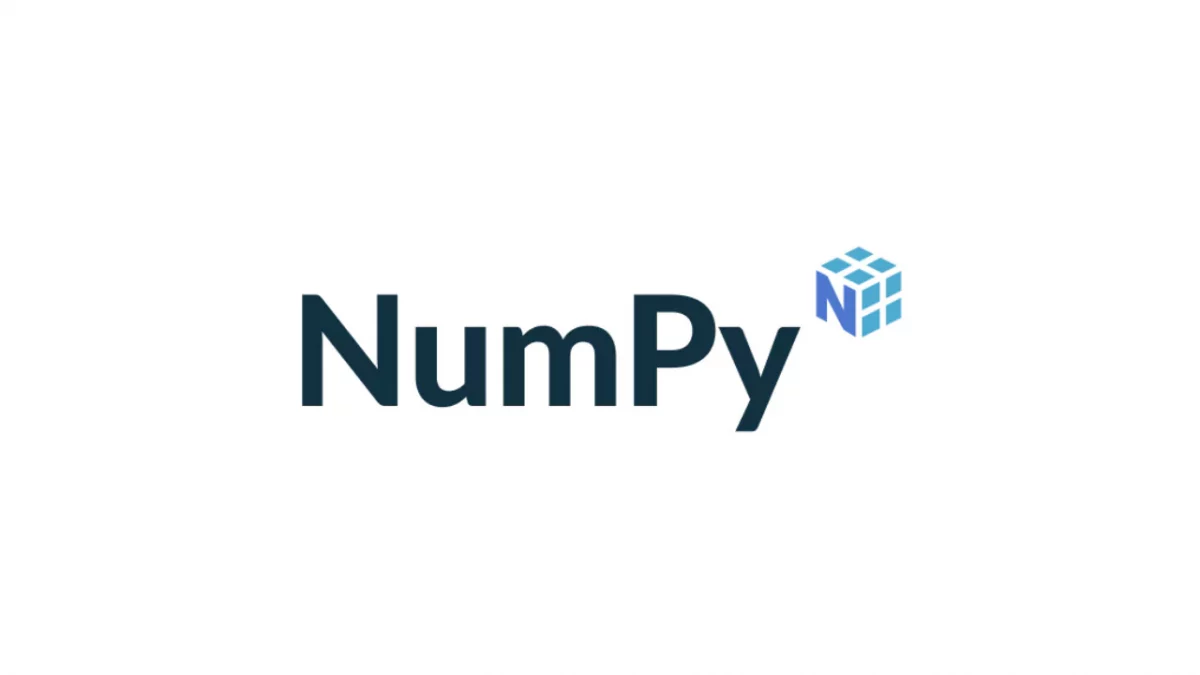
Numpy is an essential library for data scientists, providing powerful tools for scientific computing and numerical analysis. With its efficient array operations and integration with other languages, Numpy enables data scientists to perform complex computations and manipulate large datasets with ease.
Key Features of Numpy:
- Fundamental library for scientific computing in Python
- Provides efficient data structures for multi-dimensional arrays
- Supports mathematical operations and integration with other languages like C/C++
- Enables seamless integration with other data science libraries
Official Link: NumPy
9. Seaborn: Creating Stunning Statistical Visualizations
Seaborn is a powerful data visualization library that builds on top of Matplotlib, specializing in statistical visualizations. With its high-level interface and rich set of visualization options, Seaborn allows data scientists to create stunning and informative plots to convey complex statistical relationships.
Key Features of Seaborn:
- Python data visualization library based on Matplotlib
- Focuses on creating aesthetically pleasing statistical visualizations
- Provides advanced features for visualizing distributions and relationships
- Offers an intuitive interface for creating compelling visualizations
Official Link: Seaborn
10. Theano: Efficient Computation and Deep Learning
Theano is a versatile library that enables efficient numerical computation and deep learning. With its support for both CPU and GPU computations, Theano allows data scientists to leverage the power of parallel processing for complex machine learning tasks.
Key Features of Theano:
- Python library for efficient numerical computation
- Well-suited for deep learning applications
- Supports both CPU and GPU computations
- Provides automatic differentiation for building complex models
Official Link: Theano
If you’re looking for some website to learn data science, here are the Best Websites to Learn Data Science in 2025: Beginner to Expert.

Grab this wonderful course by GUVI and – Become a Data Science Professional with IIT Certification in Advanced Programming. This is a 3 month live class course which provides you quality videos.
Conclusion
In conclusion, the field of data science continues to evolve, and data scientists rely on a diverse range of frameworks and tools to tackle complex data analysis and modeling tasks. These 10 data science frameworks are expected to dominate the industry in 2025, providing data scientists with the necessary tools to explore, analyze, and interpret data effectively. By leveraging these frameworks, data scientists can unlock valuable insights and drive innovation in various industries.
FAQs on Data Science Frameworks
Ans. Since, companies depend on data-driven insights in building their organizations. Data science is the most demanding skill professionals are learning and it is expected to remain high in the coming years.
Ans. There are a lot of options you can choose to learn data science in 2025. Some of them are –
Freelancing
YouTube Channel
Tutorials
Technical Content Writing
Ans. The average salary of a data scientist in India in 2025 is 9LPA whereas it depends in factors like skills acquired, experience one has, etc.
Ans. Some of the most widely used tools used by beginners in data science are –
Tableau
TensorFlow
BigML
Microsoft Power BI
SnowFlake

















![Top Data Science Programming Languages All Beginners Must Know [2025] 12 data science programming language](https://www.guvi.in/blog/wp-content/uploads/2025/06/Feature-Image-3.png)
![Top 40 Data Science Interview Questions for Freshers [2025] 13 data science interview questions for freshers](https://www.guvi.in/blog/wp-content/uploads/2025/06/Top-40-Data-Science-Interview-Questions-for-Freshers-2025.png)

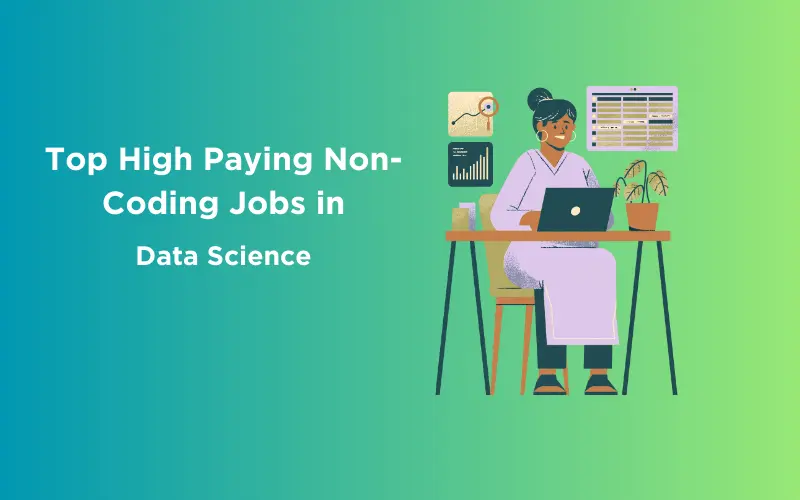
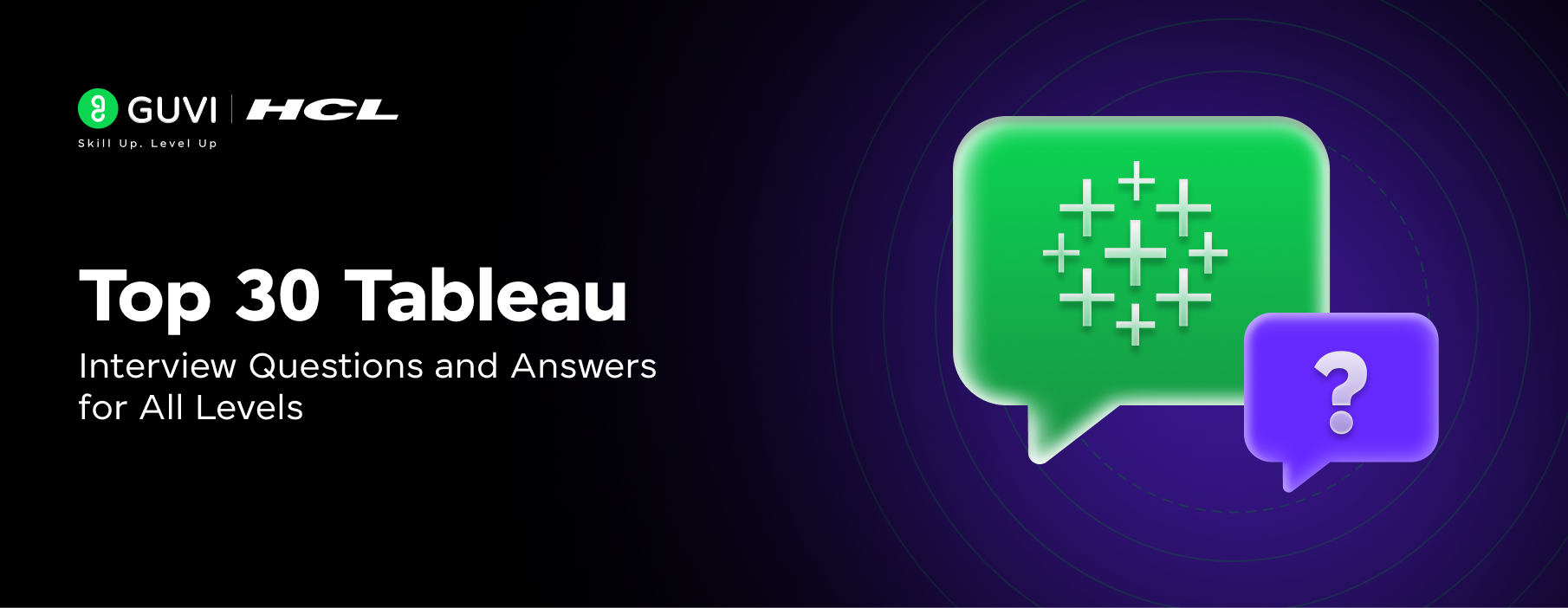
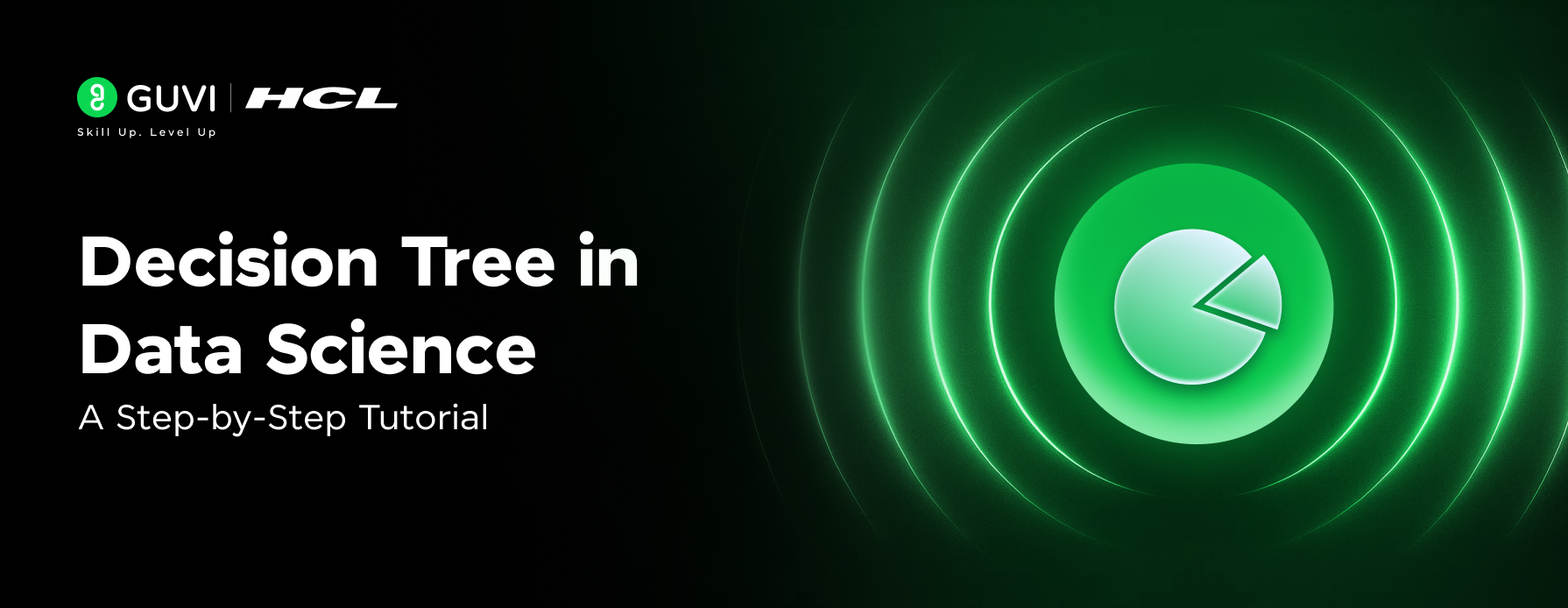
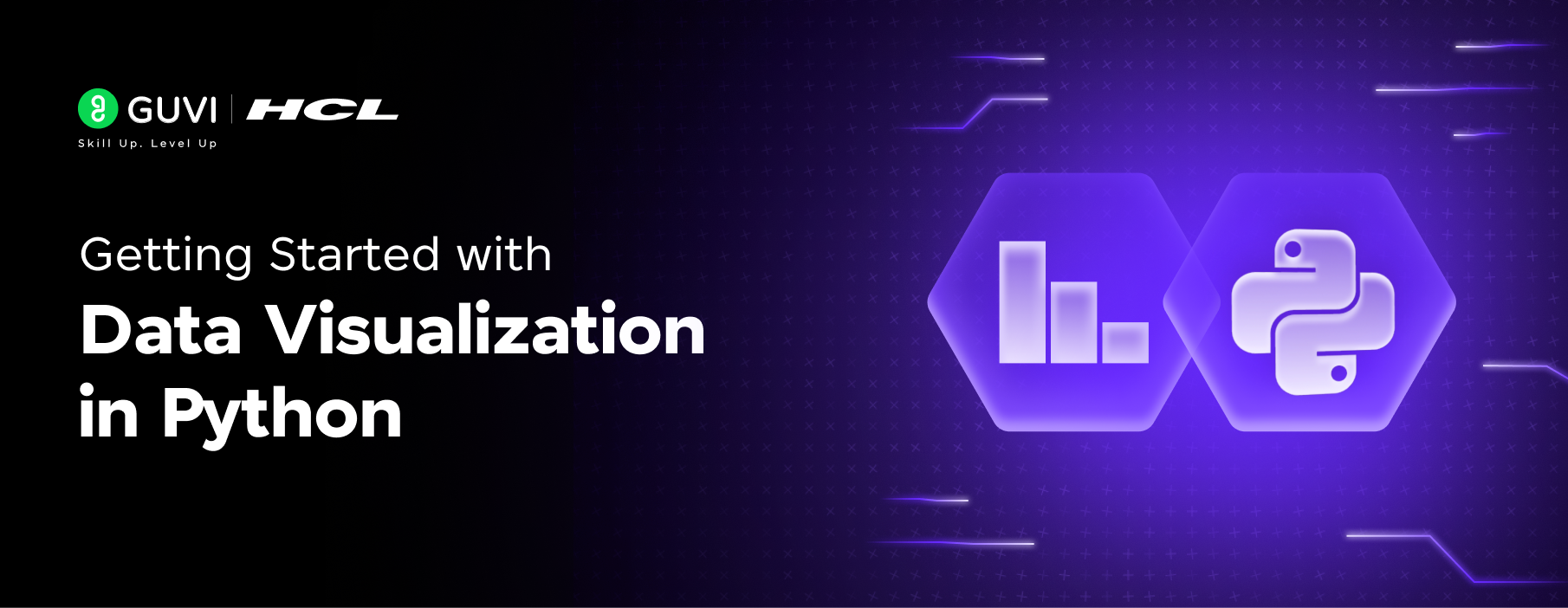

Did you enjoy this article?